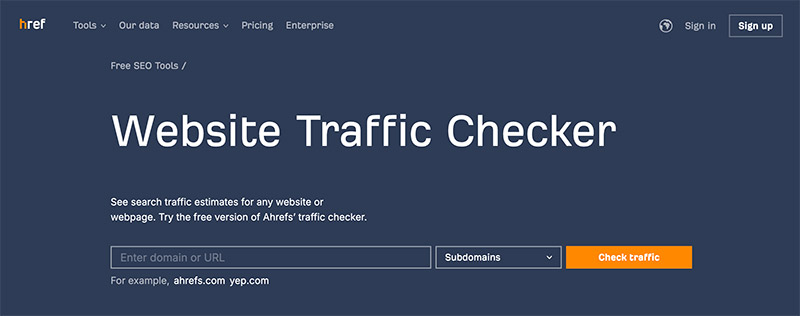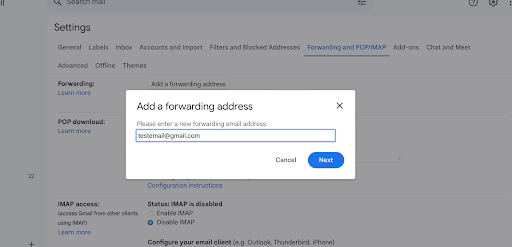How to Track Your Website Traffic
Whether you’re running a personal blog, an e-commerce site, or a business website, monitoring your traffic provides valuable insights. In this article, we’ll explore various methods to track your website visitors and their behavior.
1. Google Analytics
Google Analytics is a powerful and widely used tool for tracking website traffic. Here’s how to set it up:
- Sign Up: Create a Google Analytics account and add your website.
- Install Tracking Code: Add the tracking code snippet to your website’s HTML. This code collects data on user interactions.
- Analyze Data: Explore metrics such as page views, bounce rate, average session duration, and traffic sources.

2. Ahrefs Traffic Checker

Ahrefs offers a free traffic checker that estimates any website’s traffic. Follow these steps:
- Visit Ahrefs’ Traffic Checker 1.
- Enter the Website URL: Input your website’s address.
- View Traffic Metrics: Discover search traffic estimates, organic keywords, and competitor insights.
4. SimilarWeb
Similarweb allows you to check and analyze any website’s traffic. Whether you’re curious about your own site or competitors, it provides detailed information on visits, page views, and user engagement.

5. Other Tools
Explore additional tools like SE Ranking, Serpstat, and Semrush. Each offers unique features for tracking website traffic.
Remember, tracking your website traffic isn’t just about numbers; it’s about understanding your audience, improving user experience, and achieving your goals. Regularly review your analytics and adjust your strategies accordingly.










